THE TREND OF CHOOSING SOCIAL SCIENCES COMBINATION IS INCREASING TO BENEFIT FOR GRADUATION
Since 2017, the national high school exam has three compulsory subjects: math, literature and foreign language. In addition, students can choose one of two groups of natural sciences (KHTN - physics, chemistry, biology) and social sciences (KHXH - history, geography, civic education). With this new subject and exam regulation, everyone hopes that students will choose KHTN more, in line with the training needs of higher education, vocational education and human resource needs.
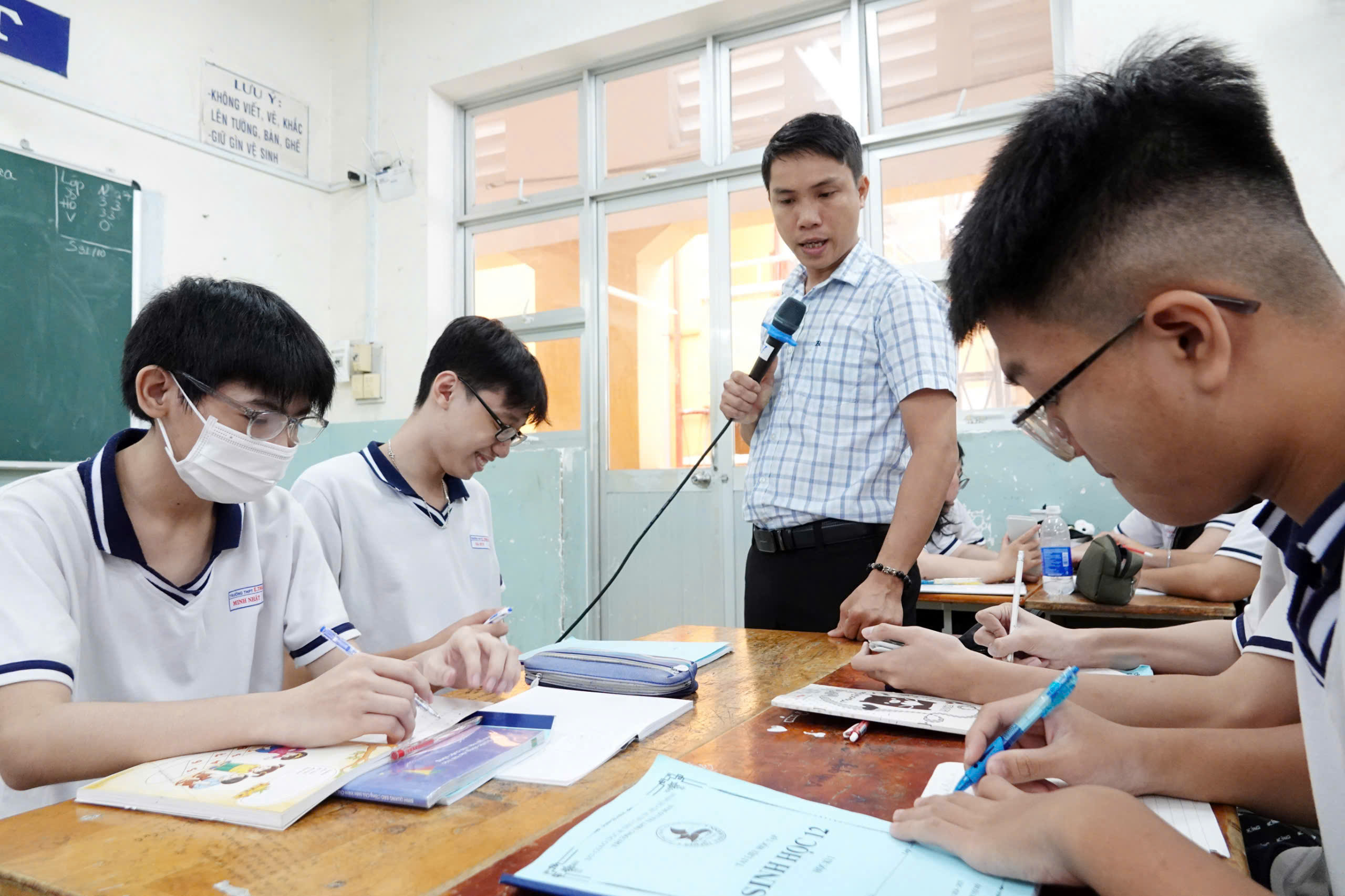
12th grade students in Ho Chi Minh City during class. Students in Ho Chi Minh City tend to choose the Natural Science exam in the high school graduation exam more than those in other localities.
PHOTO: DAO NGOC THACH
In the first two years of implementation, the percentage of students choosing the combination of Natural Sciences and Social Sciences was not much different. In 2017, 57% of students chose the combination of Natural Sciences and 43% of students chose the combination of Social Sciences. In 2018, the percentage of students choosing the combination of Natural Sciences and Social Sciences was 52% and 48%, respectively.
However, from 2019 onwards, the rate of students choosing the social science combination exam has been increasingly higher than the rate of students choosing the natural science combination. In 2024, statistics from the Ministry of Education and Training showed that up to 63% of students chose the social science exam, nearly double the rate of students choosing natural science (37%). The rate of choosing social science in 2024 was the highest, an increase of 7.7% compared to 2023.
According to experts and educational managers, there are many different reasons for this trend.
First of all, the social science group includes history, geography, and civics, which are very familiar social subjects and still require more memorization, so they are easy to learn, easy to take exams, and easy to get high scores, so students are more likely to graduate. As for the subjects in the natural science group, although they are very necessary for technology, engineering, science, and economics, they require high levels of logic, systematicity, and application to get high scores. In difficult and mountainous areas, many students take exams only for the purpose of graduation, so most of them choose social science.
Second, in terms of university admission, in 2017 and 2018, it was mainly based on the results of the high school exam, so students chose the natural science group more, which is suitable for the admission needs of the schools. From 2019 onwards, universities have been autonomous and have built many different admission methods, such as admission based on academic transcripts, competency assessment test scores, admission based on academic transcripts with international foreign language certificates, etc., so many students have been admitted to university before taking the graduation exam. In addition, many students choose the D01 admission group (math, literature, English) so they want to focus on these 3 subjects and choose the social science group. These are the reasons why more and more students choose the social science group, not only in disadvantaged areas but also in big cities. In 2024, Hanoi will have over 70% of students choosing the social science group, Hai Phong will have over 64% of students choosing the social science group.
Third, many universities have expanded their enrollment scale by adding a number of combinations with social science subjects such as: Literature, history, civics; Literature, history, English; Literature, geography, English... creating more opportunities for university admission for students choosing social science combinations.
SOLUTIONS FOR STUDENTS TO CHOOSE SUBJECTS AND TAKE BALANCED EXAM
The country's human resource needs in the era of the 4.0 industrial revolution and artificial intelligence, international integration require many high-quality workers in the fields of technology, engineering, digital economy, green economy... in addition to the fields of social and humanities. According to the plan for university education development to 2030, with a vision to 2045, the current training scale of STEM professions (related to science, technology, engineering and mathematics) is about 500,000 - 600,000 students, which will increase to 1 million by 2030.
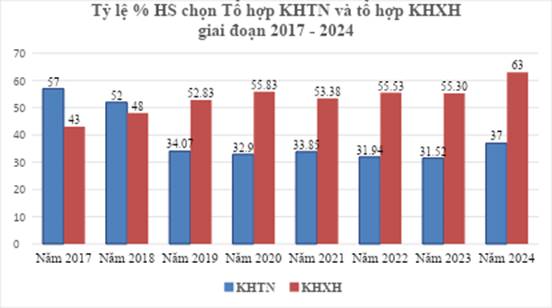
Source: Data published by the Ministry of Education and Training over the years; graphics: HO SY ANH
The high school graduation exam from 2025 will be conducted in a completely new way and nature. This is the first exam under the 2018 General Education Program, with 4 subjects. In addition to the 2 compulsory subjects of math and literature, students can choose 2 subjects from the following: foreign languages, physics, chemistry, biology, information technology, history, geography, economic education and law.
In order for students to choose a more balanced subject between foreign languages, natural sciences, social sciences and technology, first of all, the Ministry of Education and Training needs to balance the difficulty of the exam questions. If the average score of social sciences is still higher than that of natural sciences and technology, students will gradually choose social sciences as in the recent period.
Universities open many majors in engineering, technology, and STEM, and add admission combinations with computer science and technology subjects to attract more students to study and meet the needs of the country's development. Early admission is not only based on academic records but also needs to be accompanied by exam scores of subjects corresponding to the combination that students have applied for early admission.
It is necessary to implement early career education right from junior high school, allowing grade 9 students to visit and approach universities, helping them to have early career orientation and choose suitable subjects at high school level. High schools encourage students to choose natural sciences and technology subjects more than social sciences subjects.
High schools and continuing education centers should strengthen career education, improve the quality of teaching and learning, and review all subjects so that students can confidently choose subjects that match their career orientation; and prepare enough capacity, knowledge, and skills to participate in university education or vocational education.
In favorable localities with developed socio-economy, it is necessary to guide students to choose foreign languages, natural sciences and technology subjects more than social sciences subjects, as Ho Chi Minh City does, to meet the human resource needs of the locality and the whole country.
Ho Chi Minh City goes against the national trend
The trend of students choosing social sciences over natural sciences is happening in many localities, including some big cities. Localities that have made a lot of progress in improving average exam scores such as Vinh Phuc, Ha Tinh, Nghe An, Tuyen Quang... all have a rate of students choosing social sciences over 70%, of which Vinh Phuc is 75%.
In particular, students in Ho Chi Minh City have the opposite trend when in many high schools in recent years, the percentage of students choosing the Natural Science exam in the high school graduation exam has always been overwhelming. Specifically, at Trung Vuong High School, it is over 70%, Luong The Vinh High School is over 60%, Bui Thi Xuan High School is over 80%... students choose the Natural Science group.
Accordingly, many students are invested by their families in studying natural sciences and technology from junior high school and throughout high school. In addition, they are also exposed to technology and STEM education early. Ho Chi Minh City is a major center of economics, culture, education and training, science and technology of the whole country, so students tend to choose dynamic professions such as economics, engineering, and technology. Many universities in Ho Chi Minh City recruit students based on the combination of groups A and B, especially group A01 (math, physics, English). These are the reasons why students in the city tend to choose natural sciences more.
On the other hand, according to the leader of the Department of Education and Training of Ho Chi Minh City, the city's students choose the combination of Natural Sciences more than Social Sciences, which reflects their career orientation. This is also the effectiveness of experiential education and career guidance of schools for a long time. The school's career guidance education has been closely linked to the city's socio-economic development characteristics, as well as the current international integration trend. Along with that, solutions to improve the quality of teaching and learning of mathematics, Natural Sciences, Technology and STEM education have also been promoted in recent years.



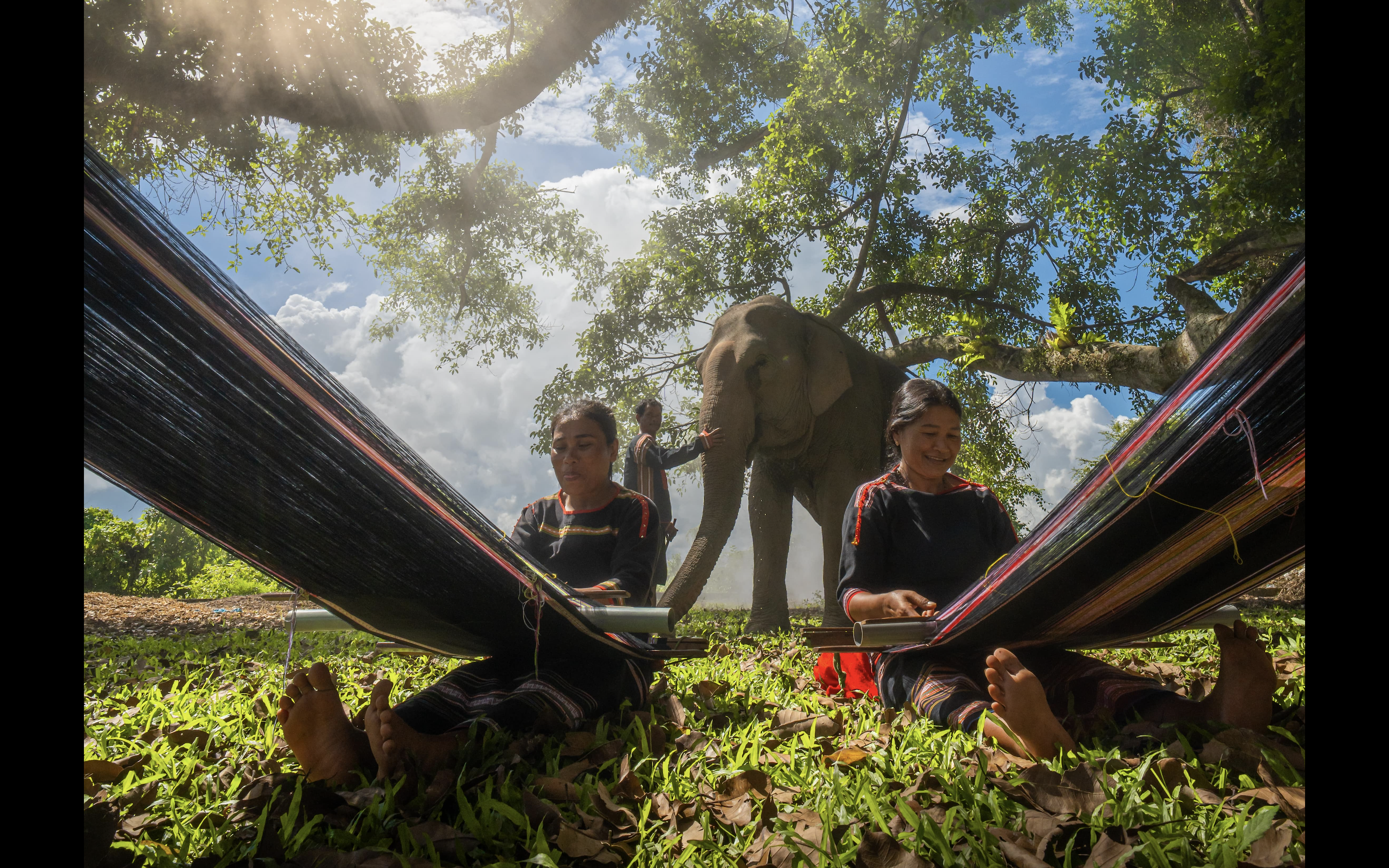


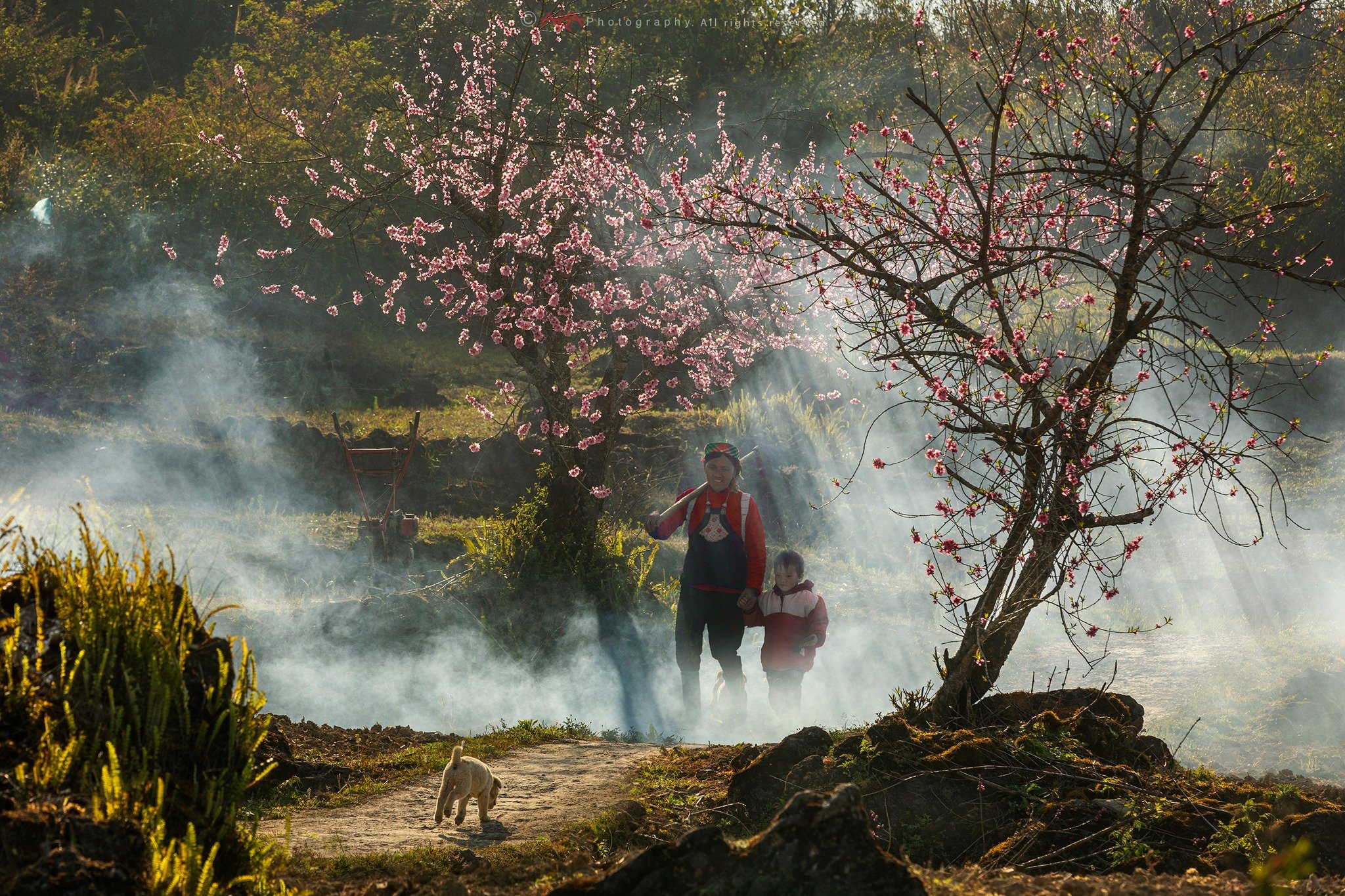

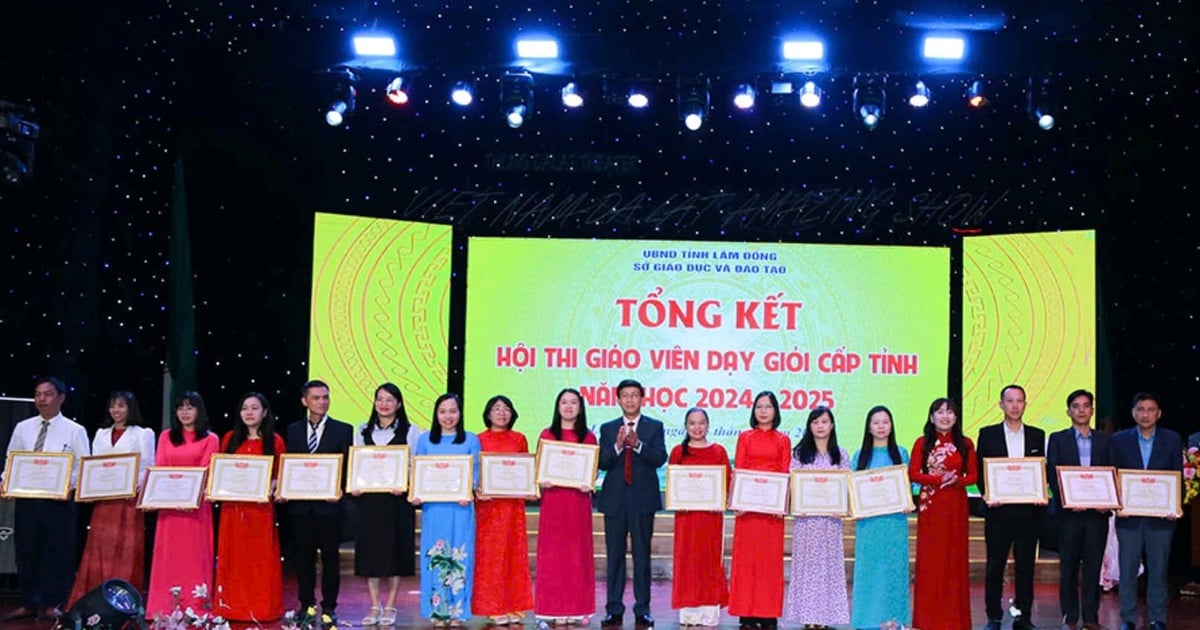

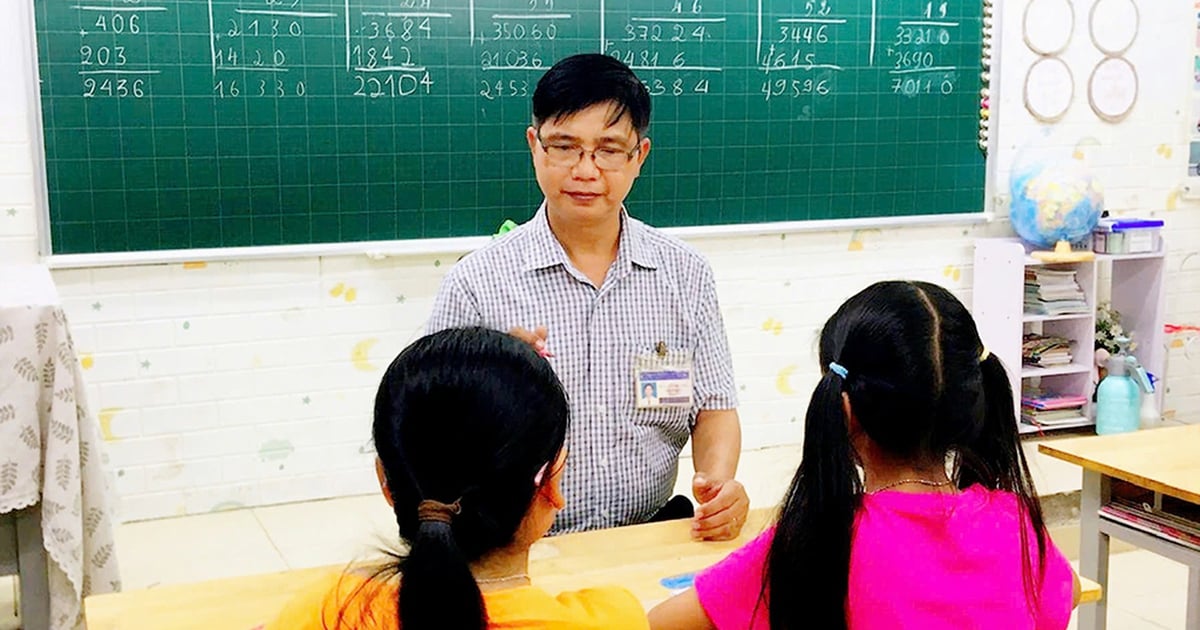
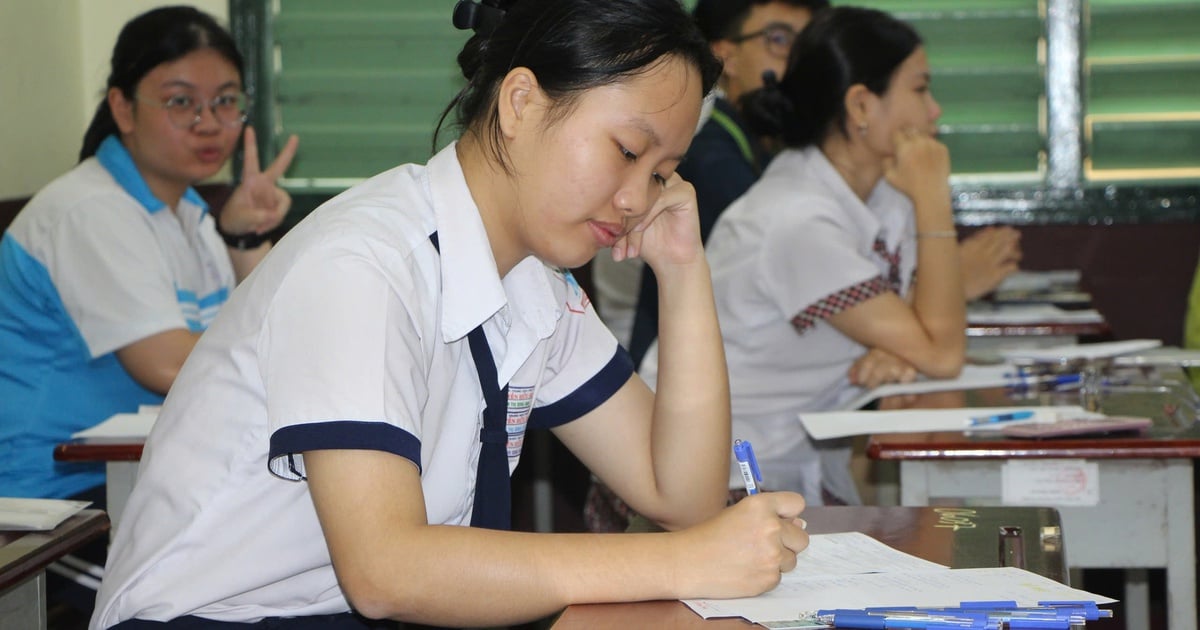
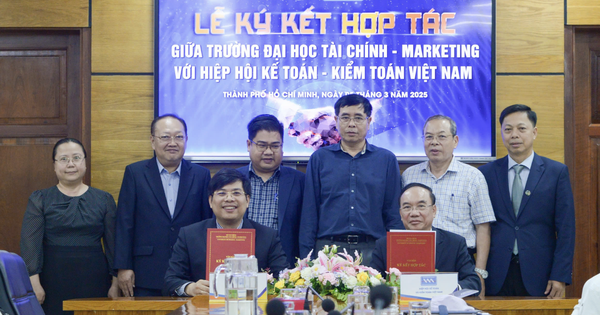



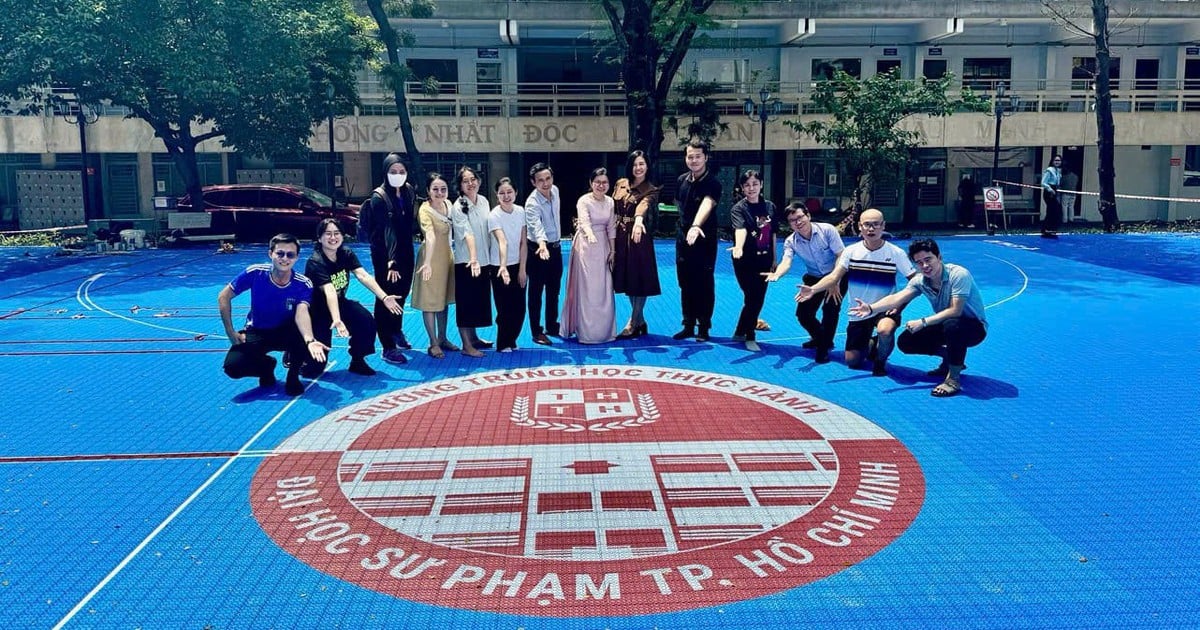






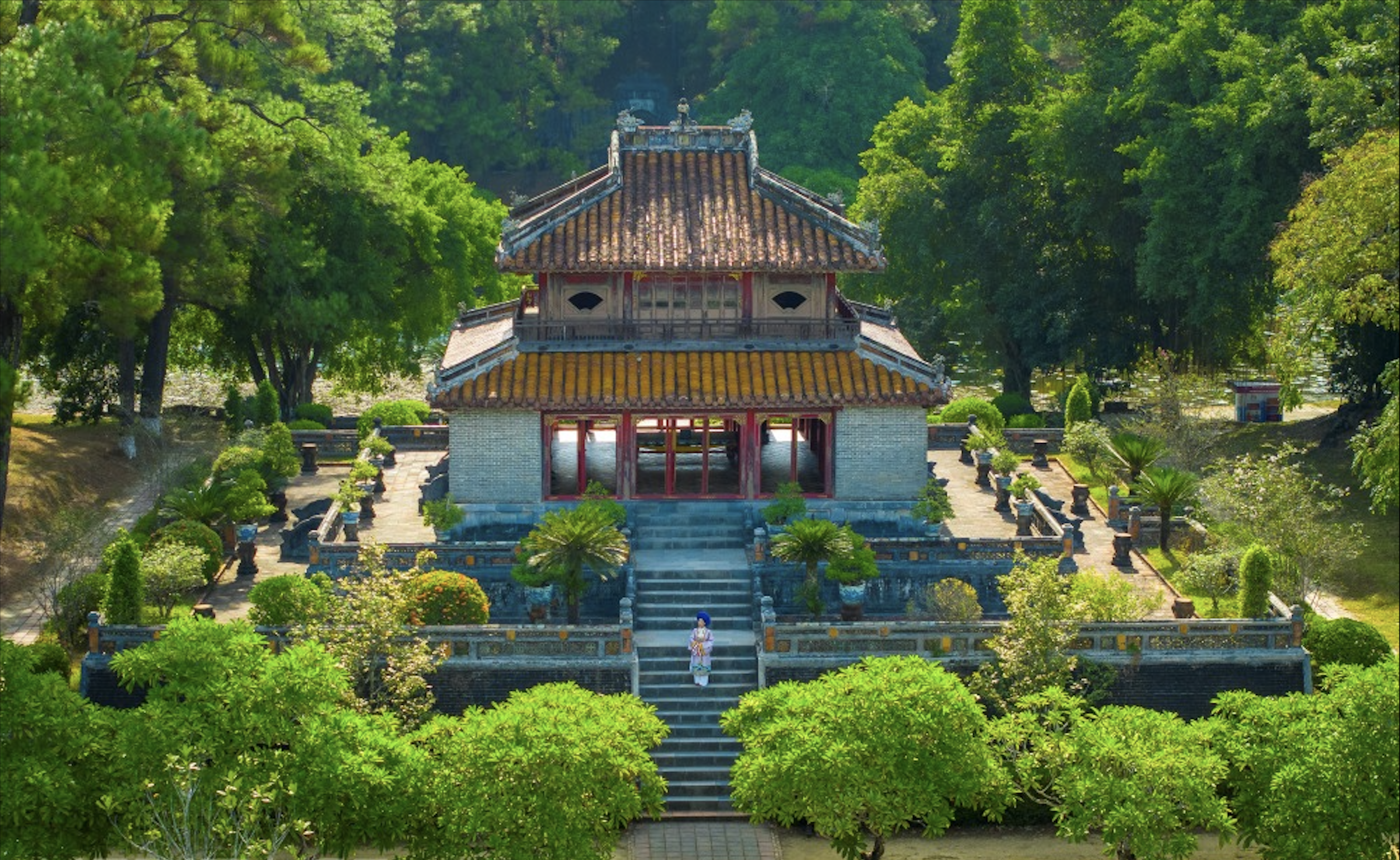



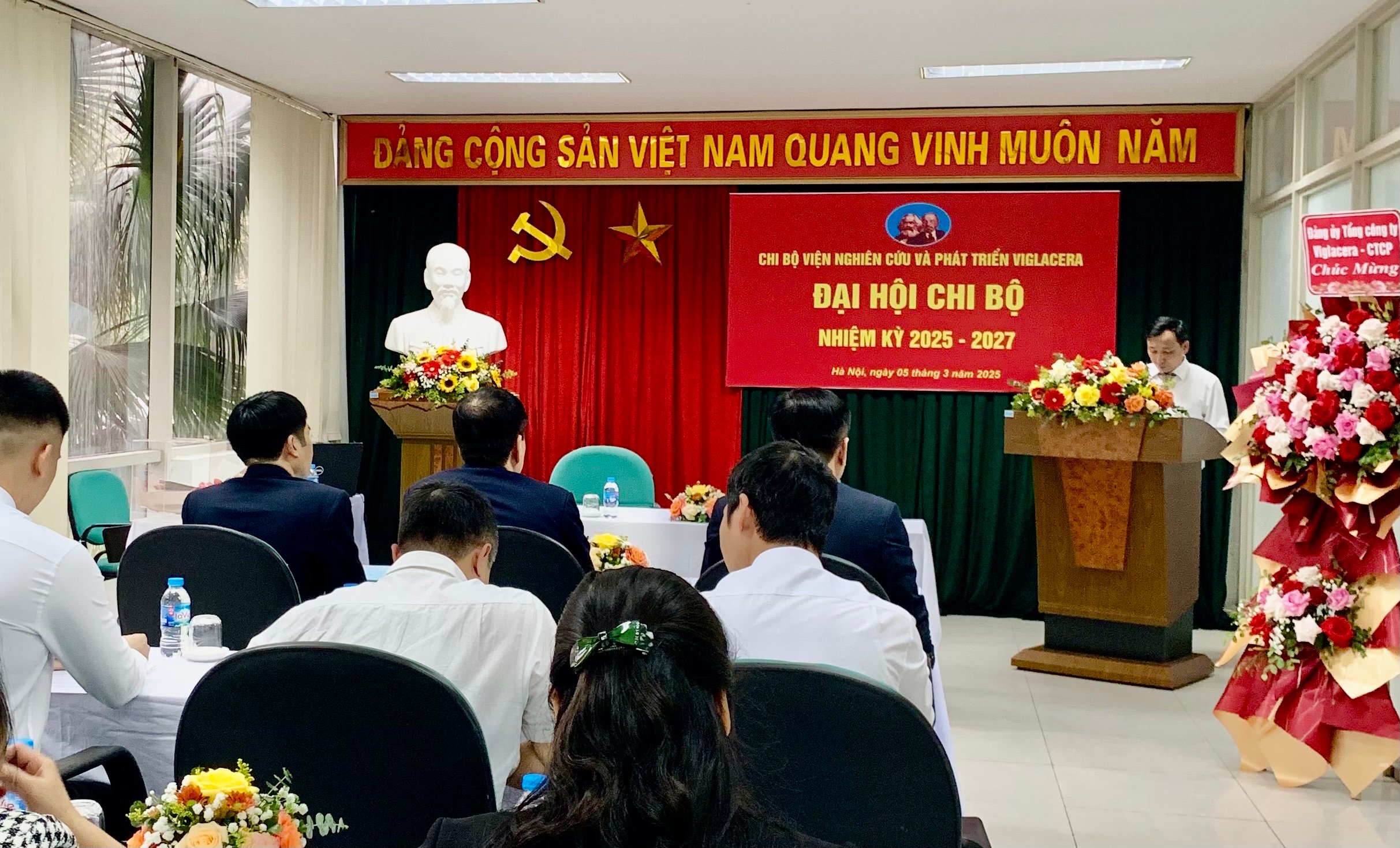
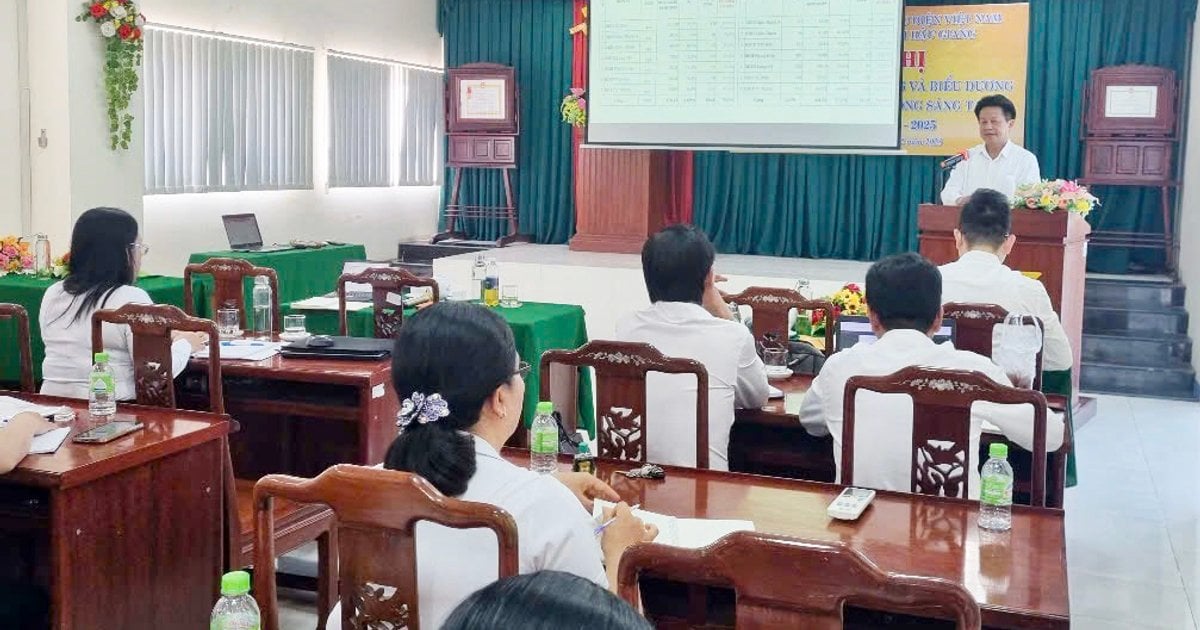
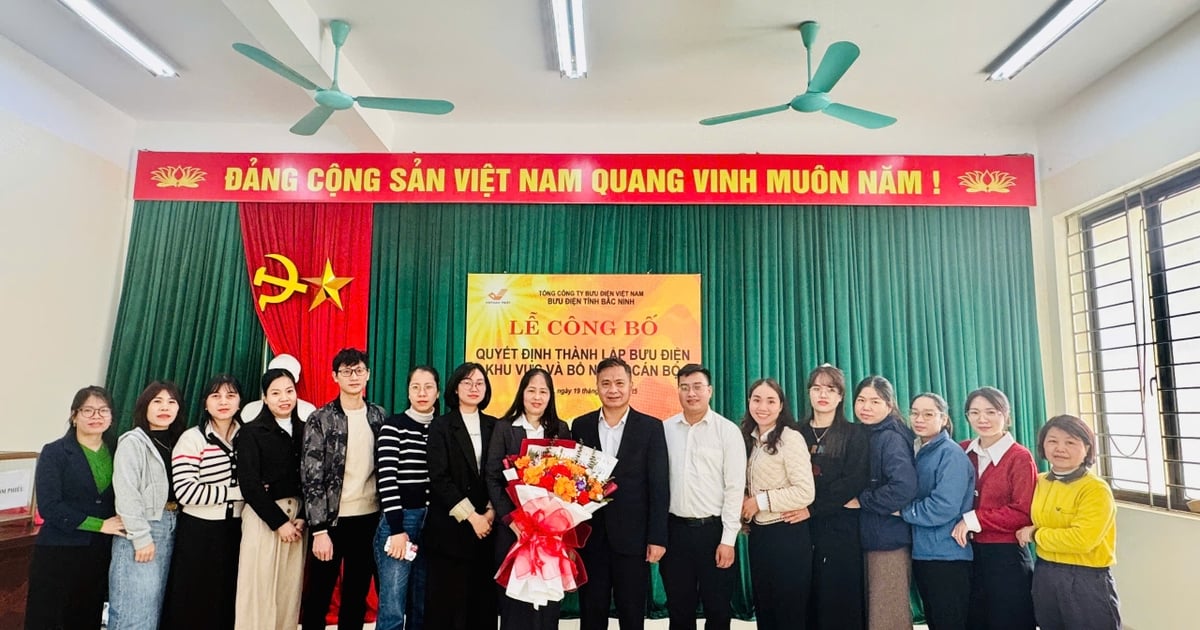

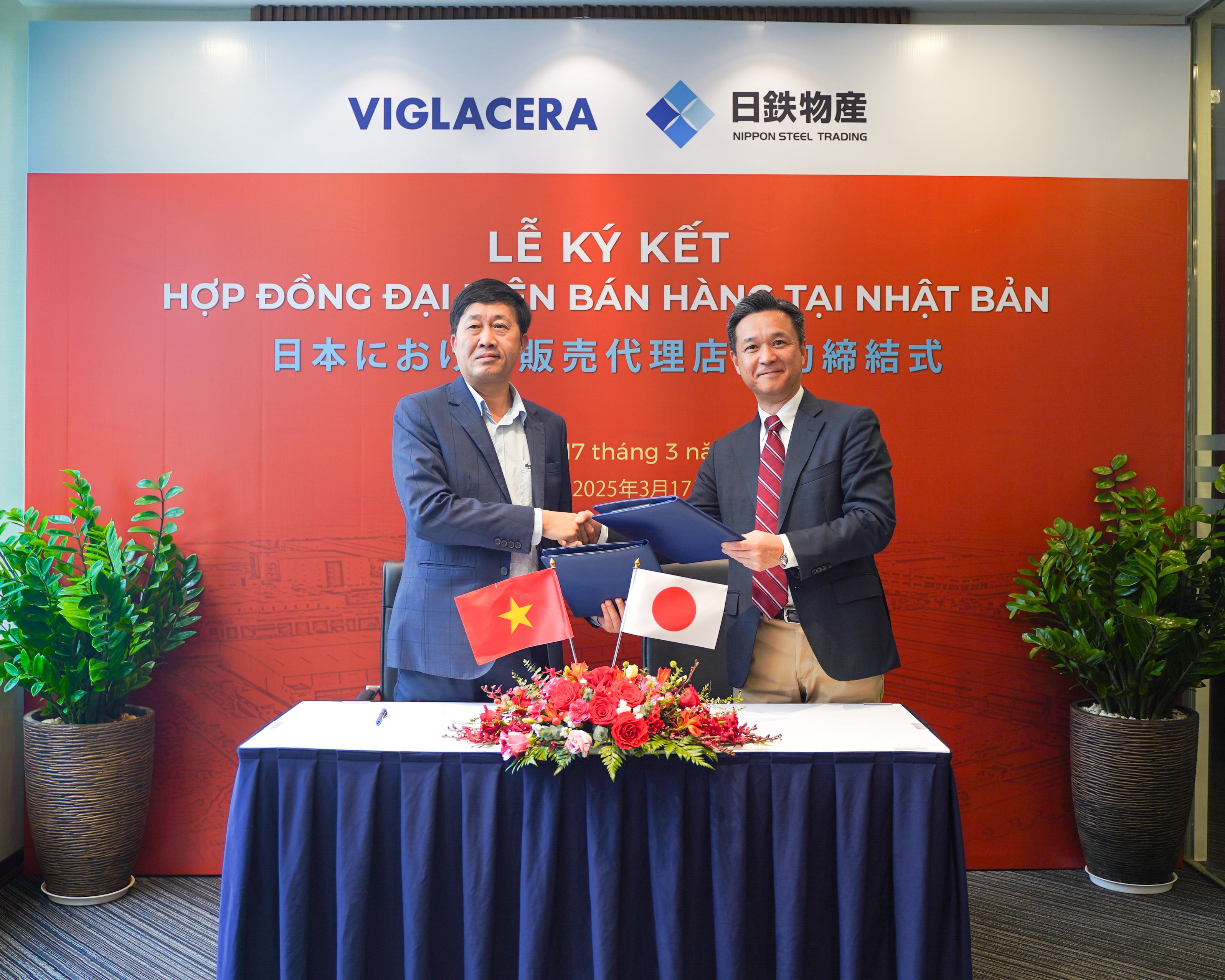
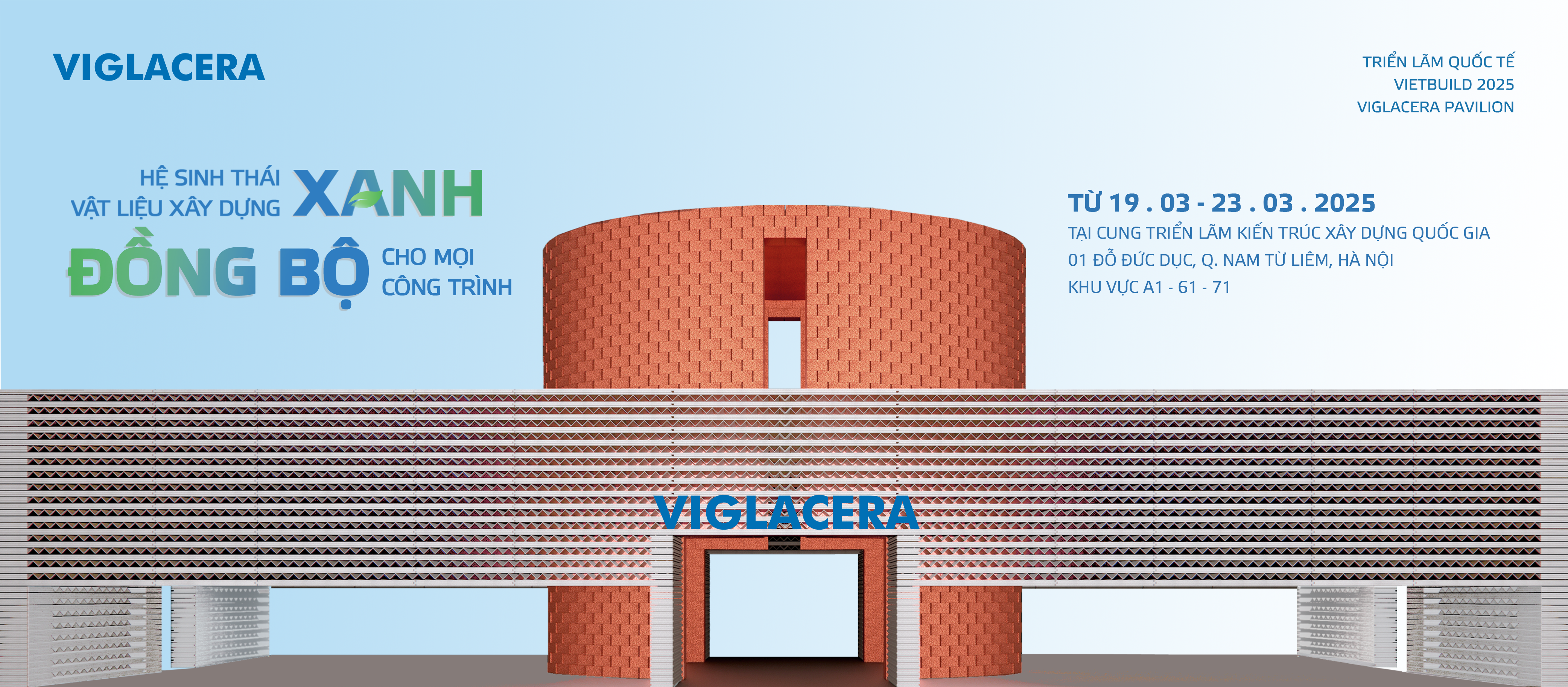

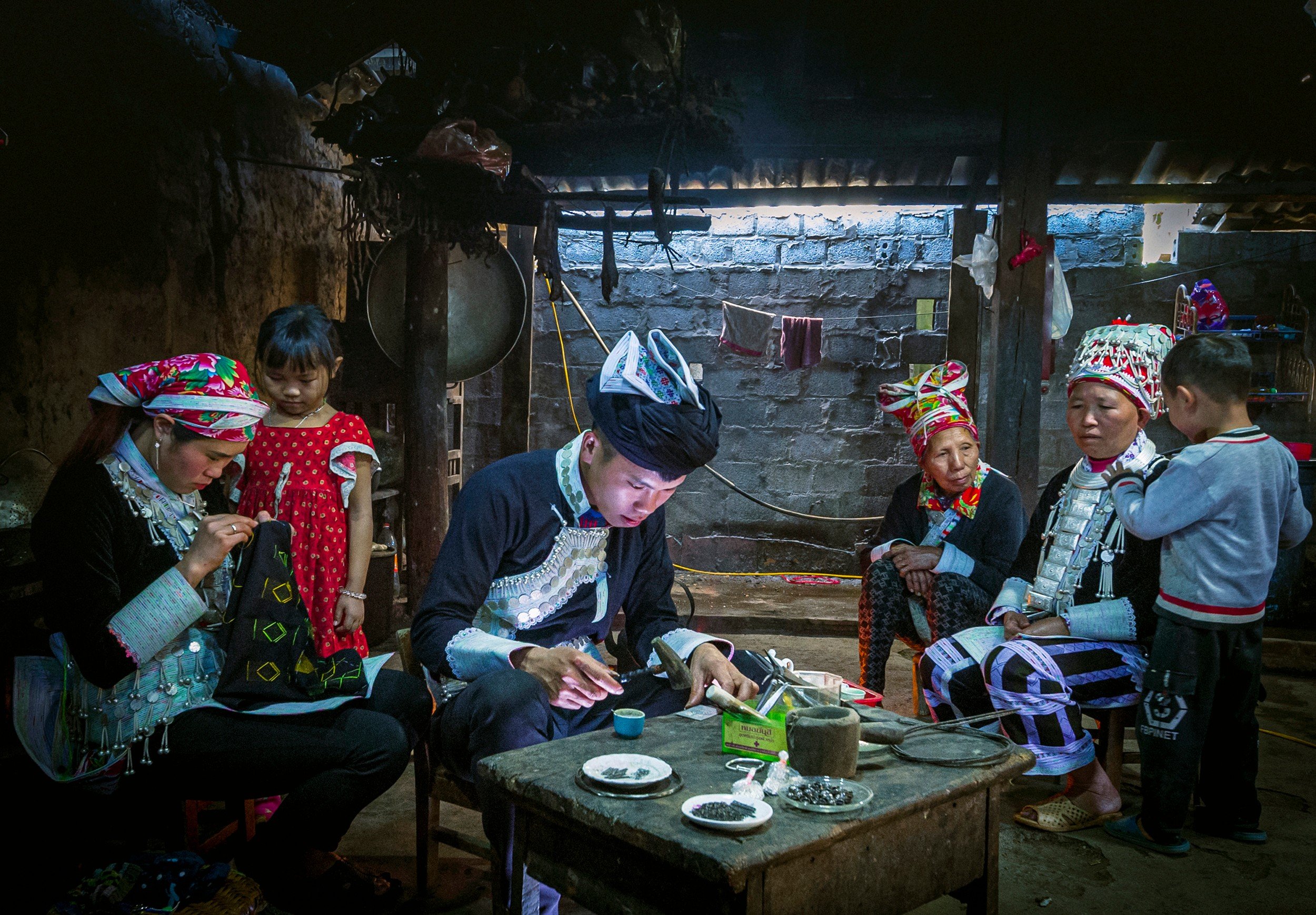

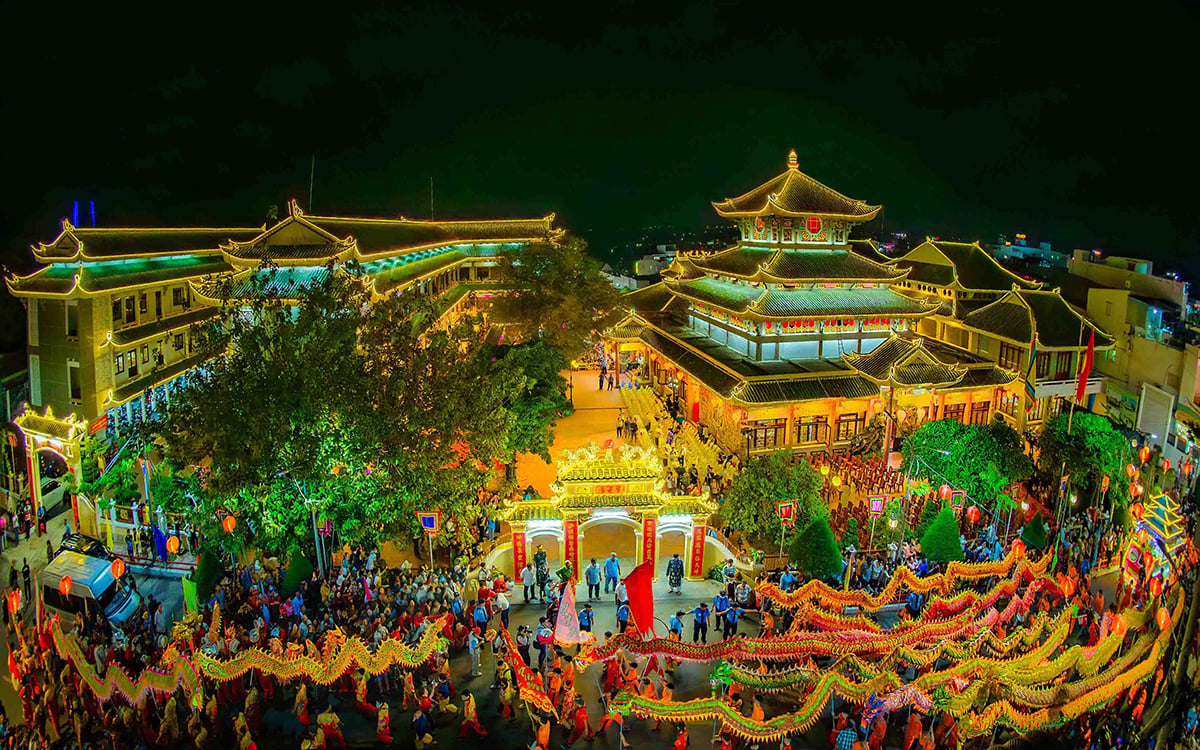

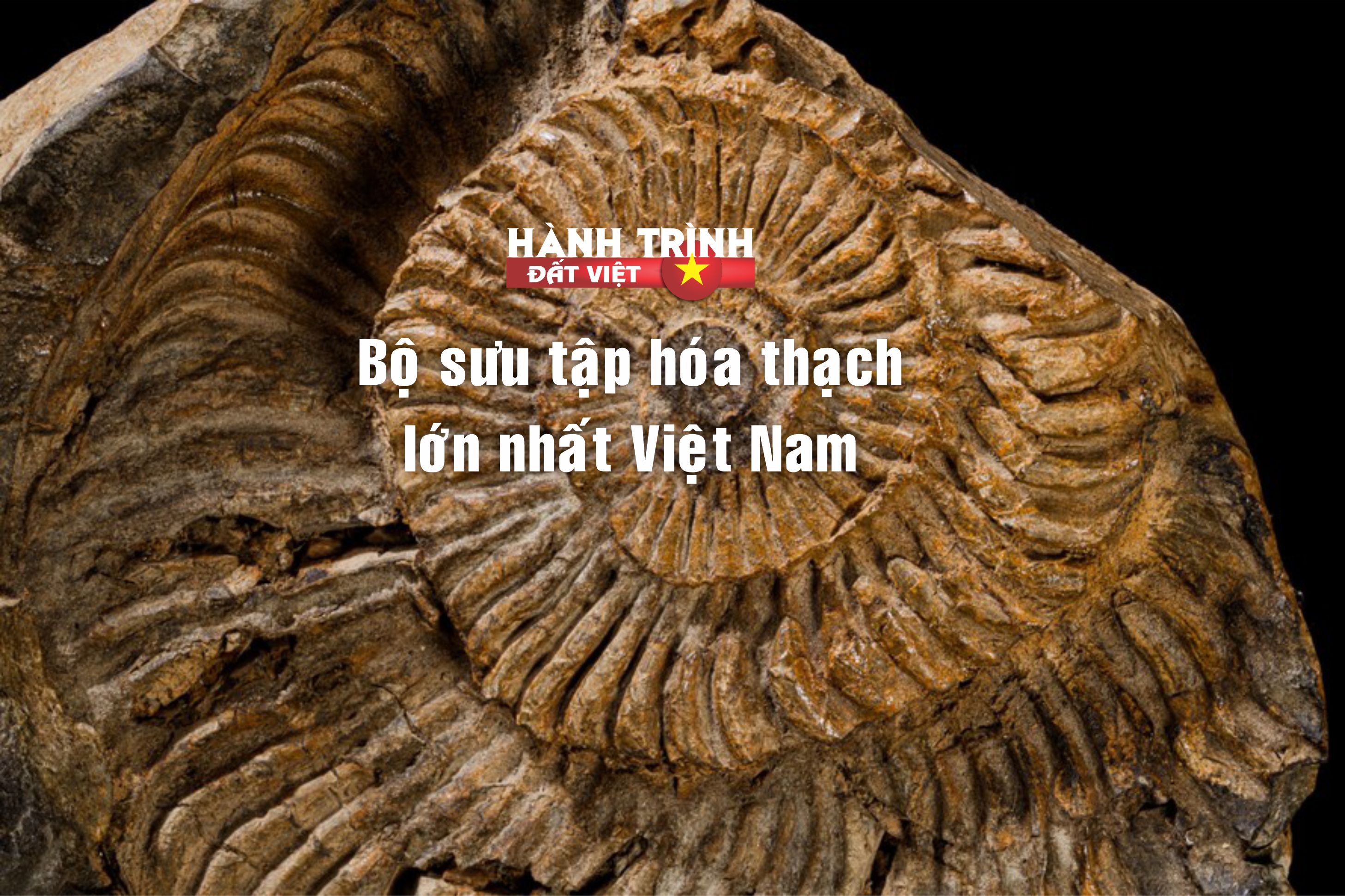












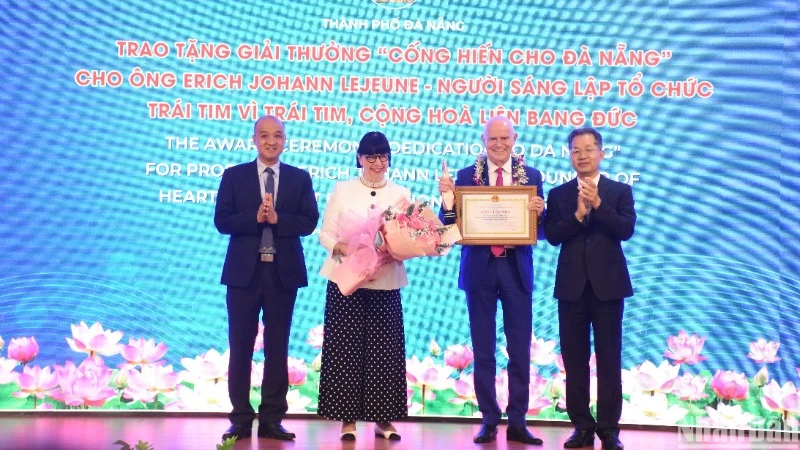

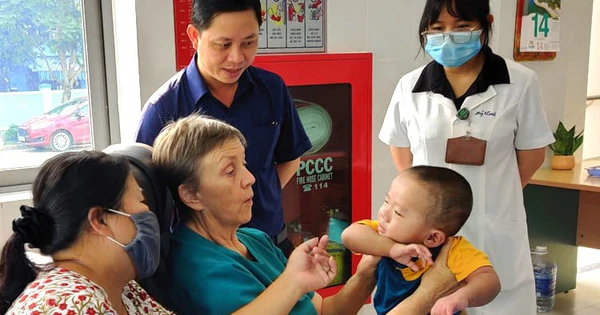



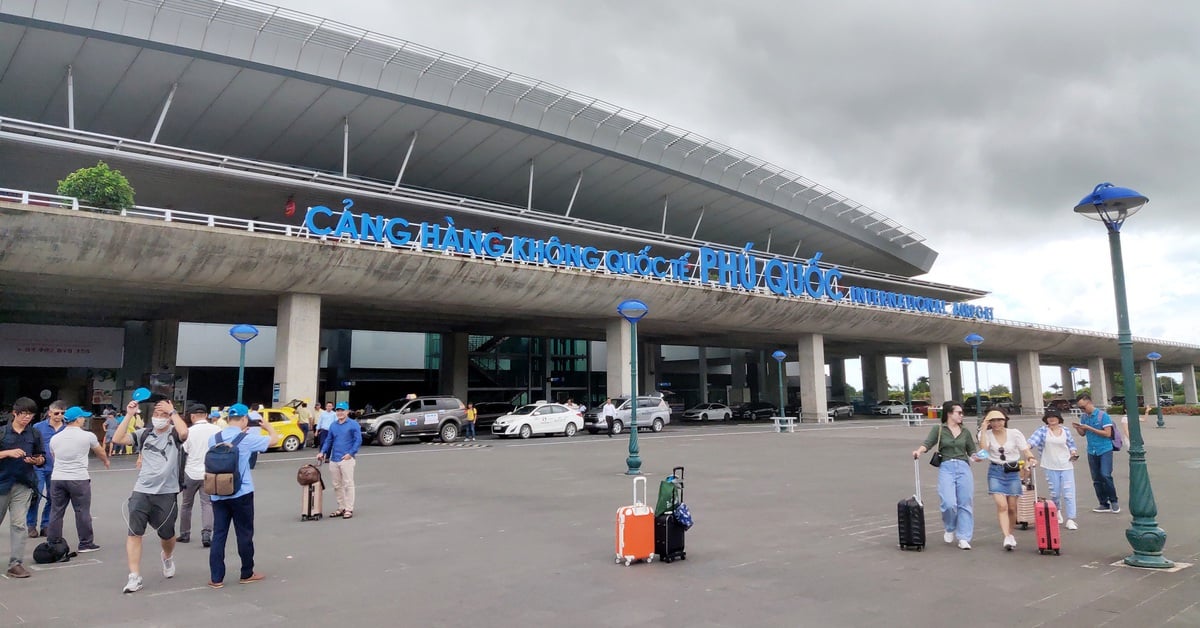





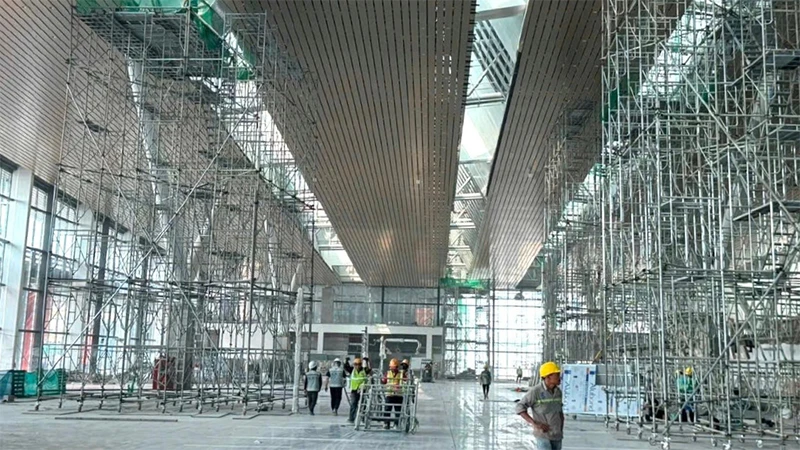

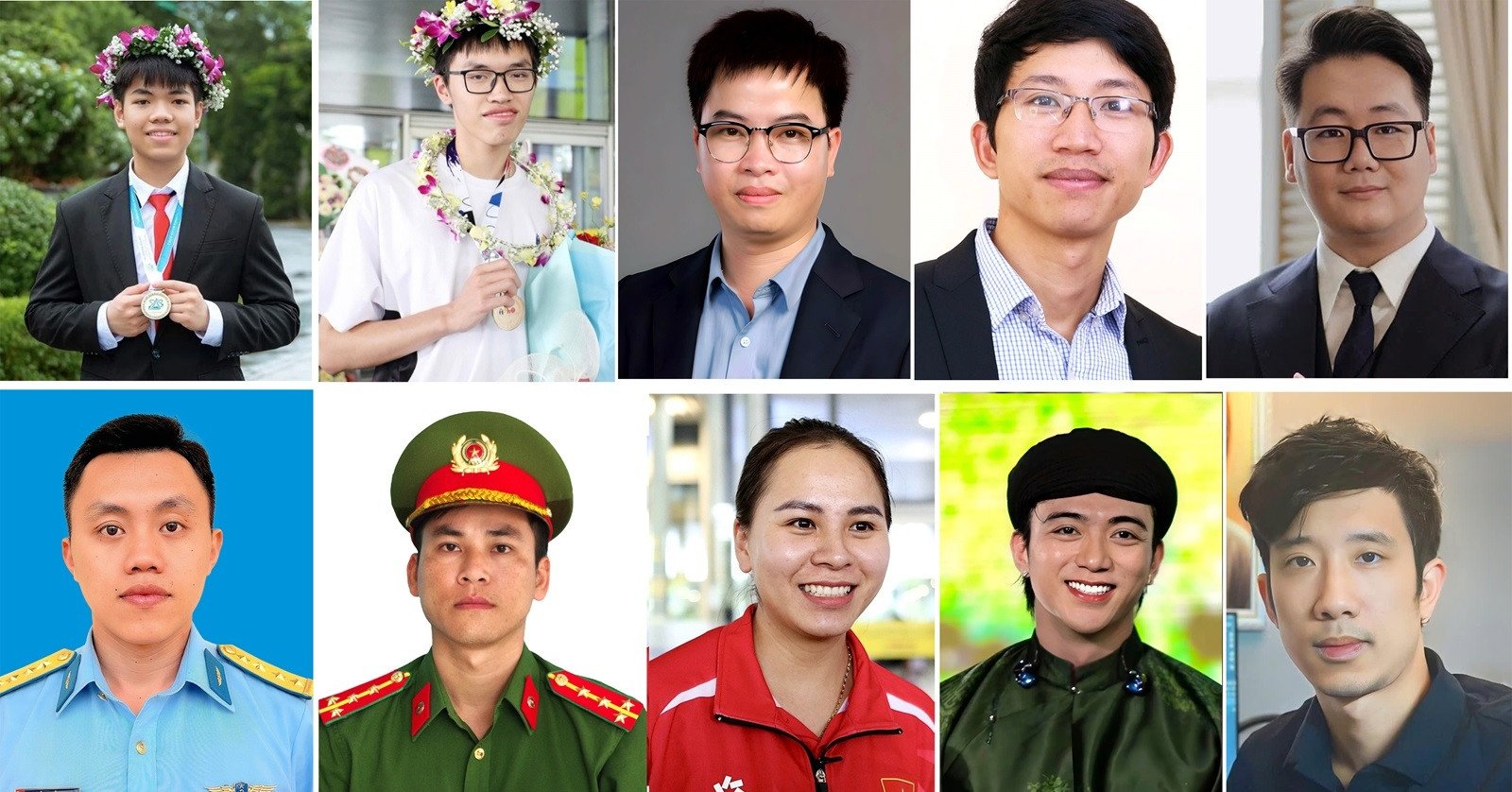





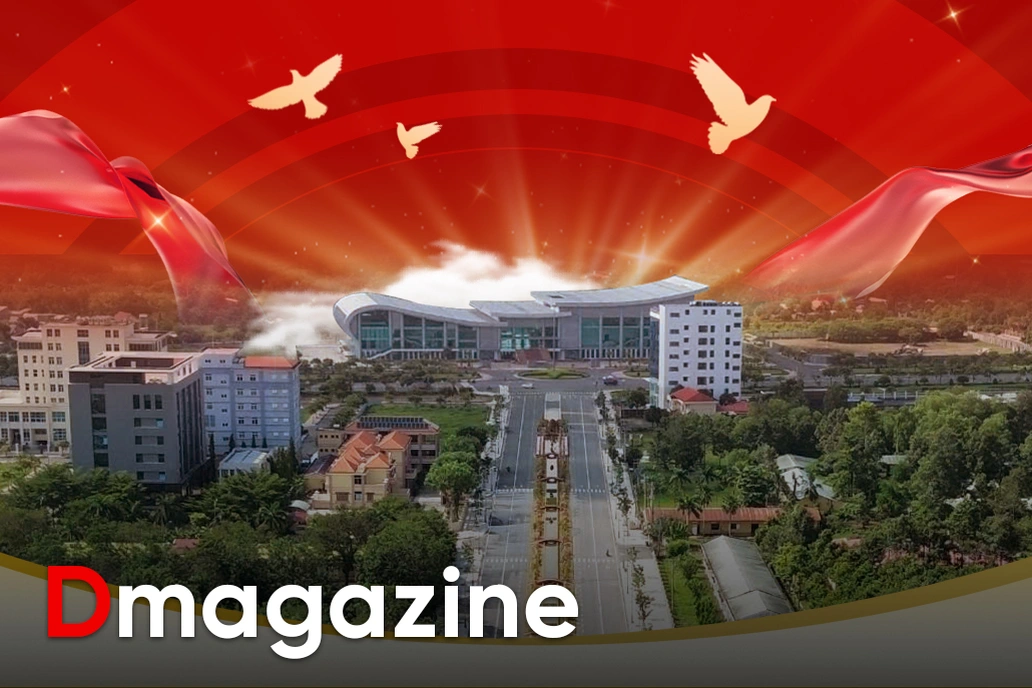
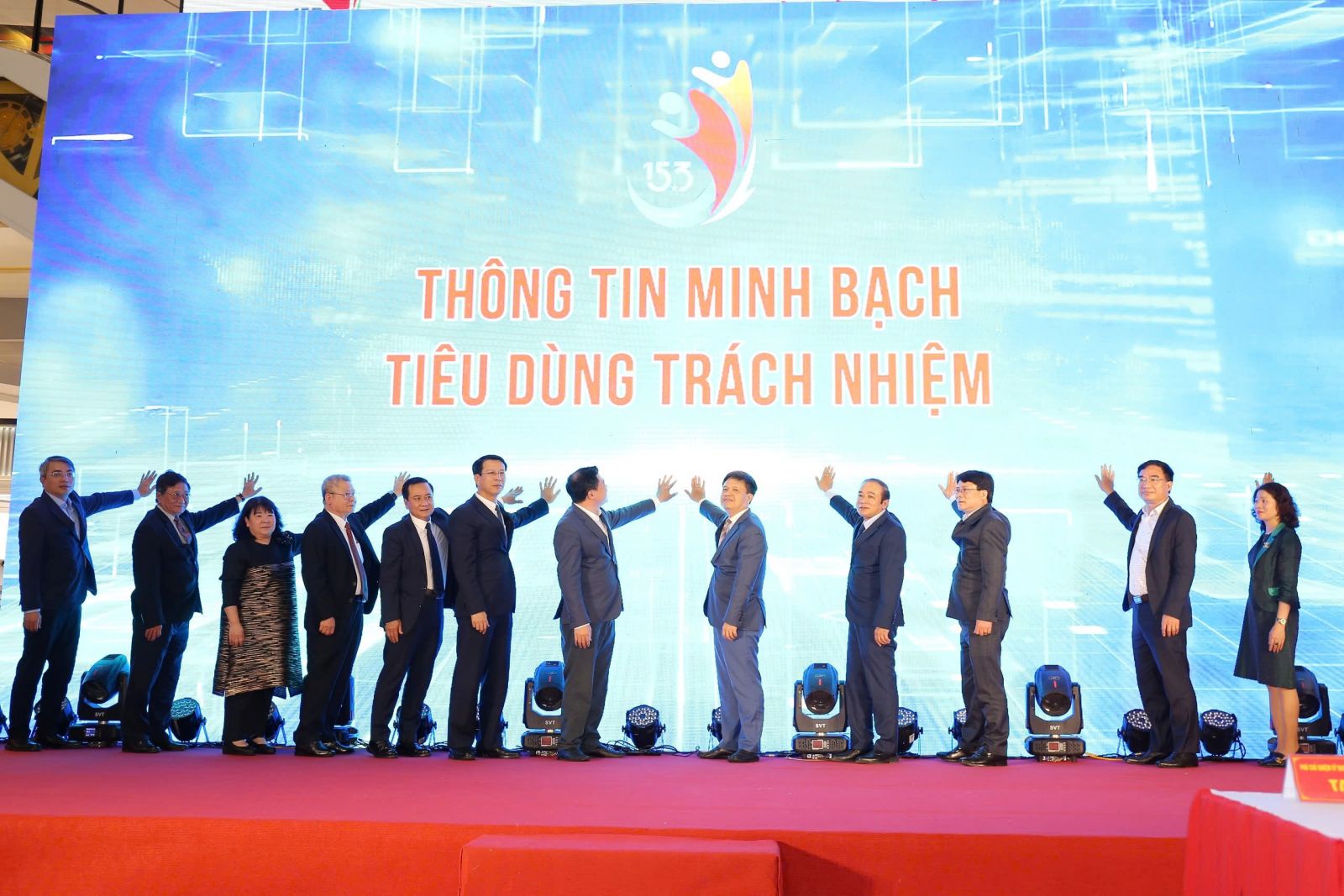

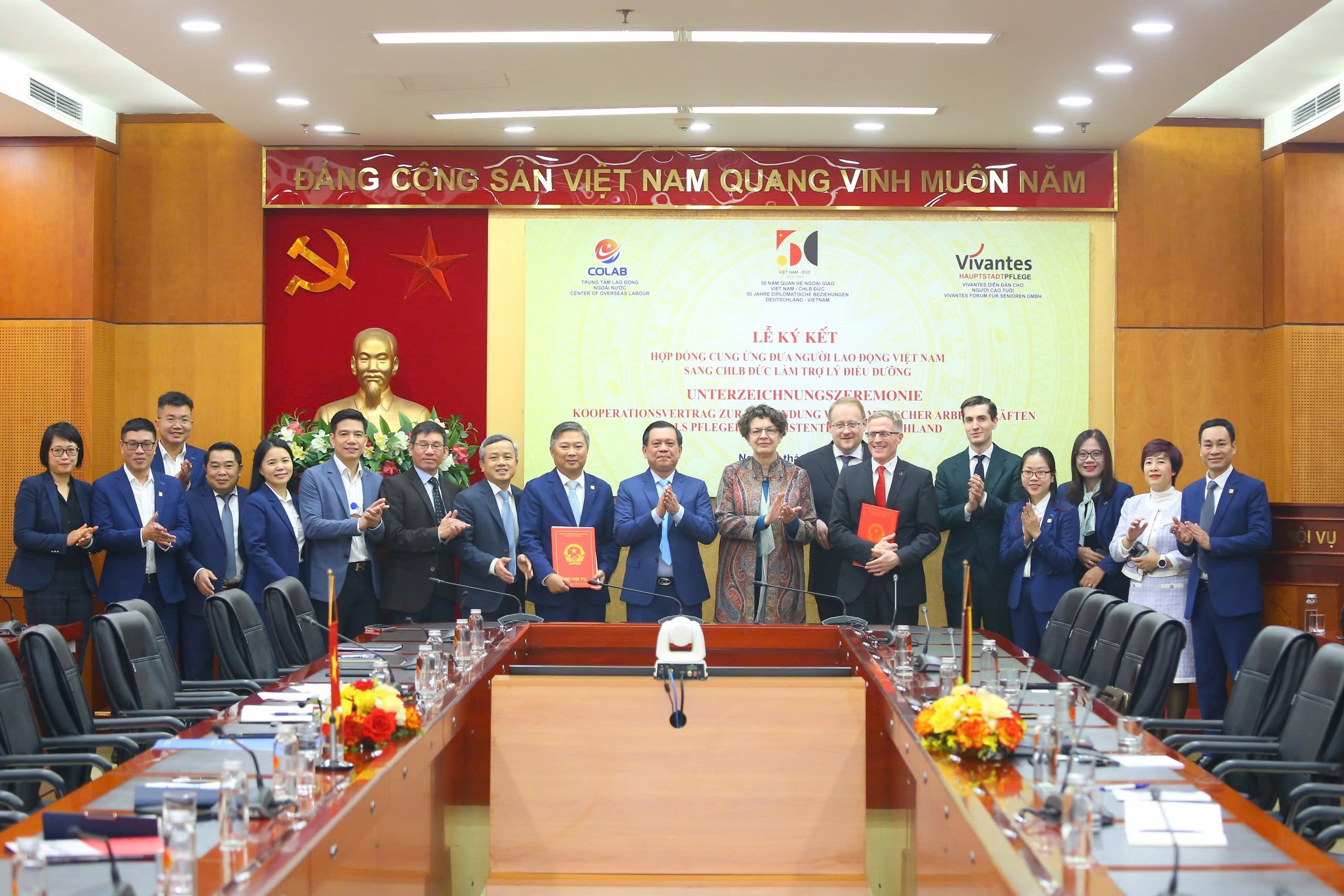



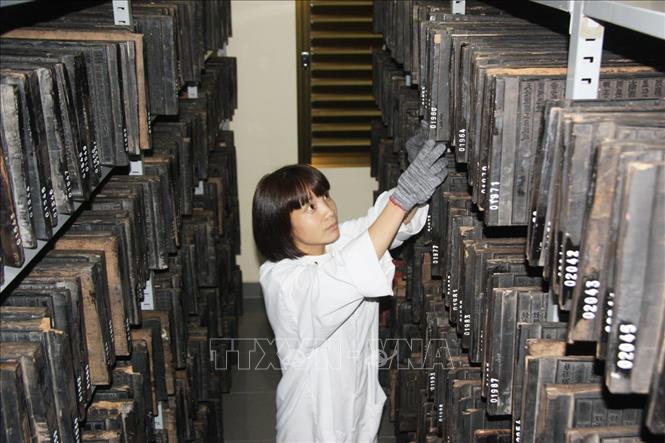
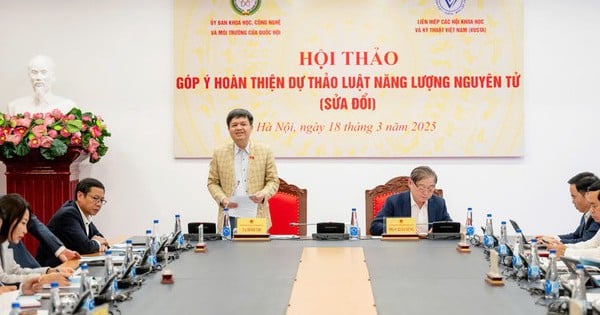

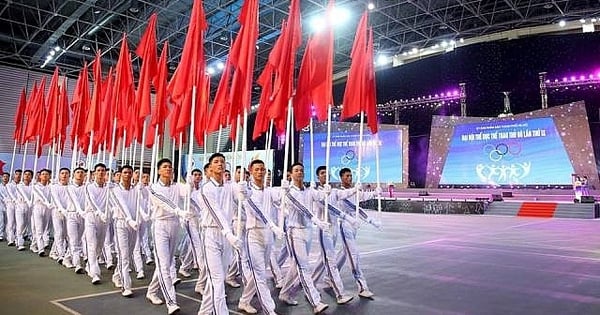













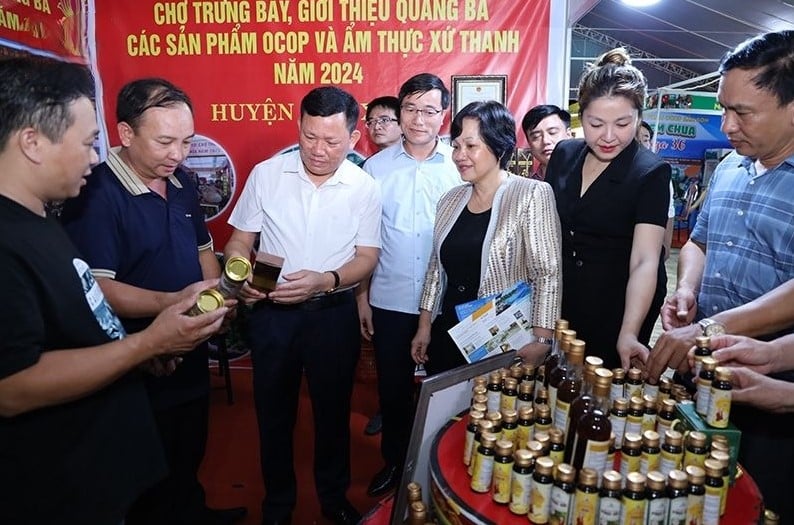

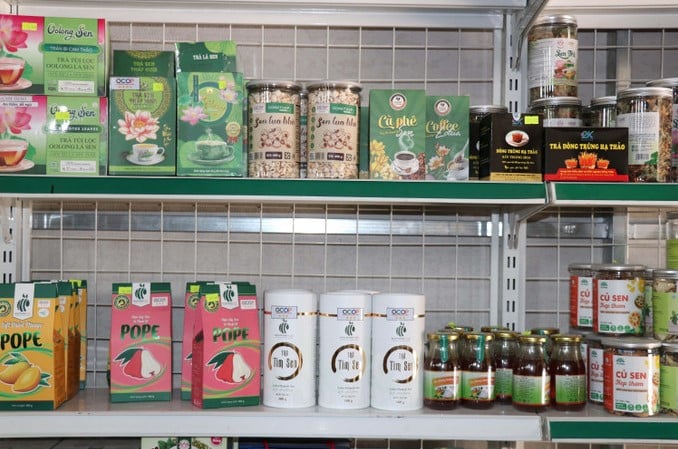
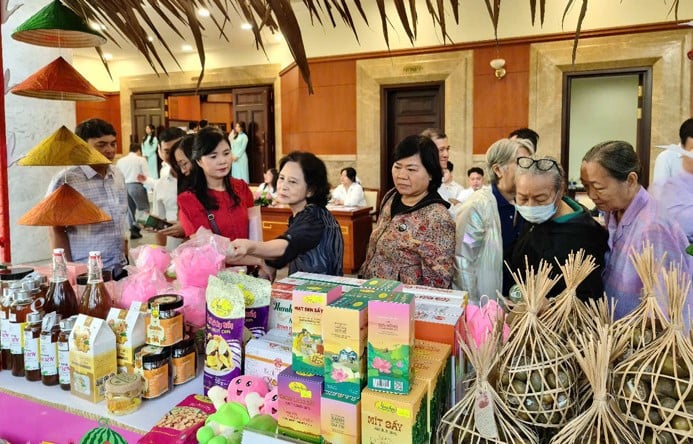


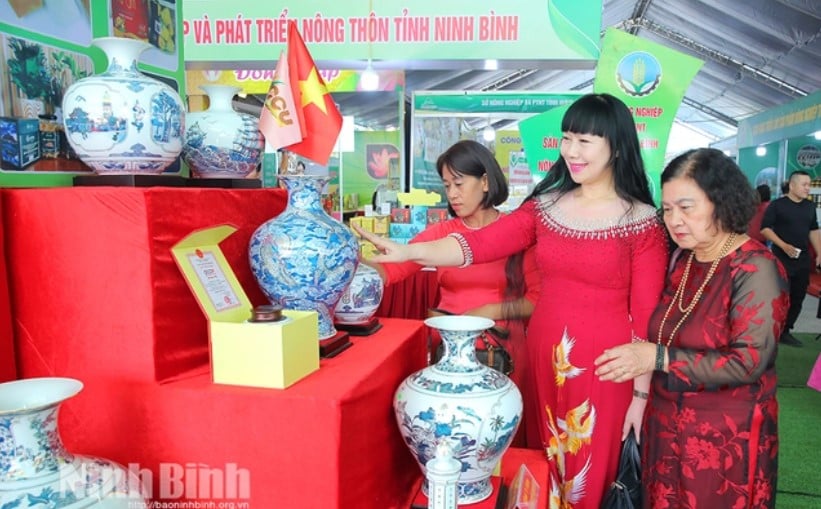
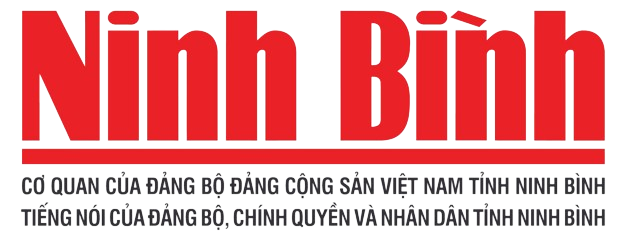
Comment (0)